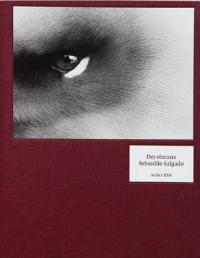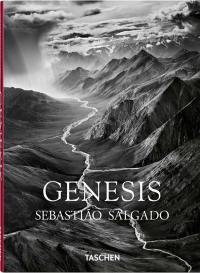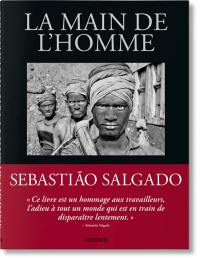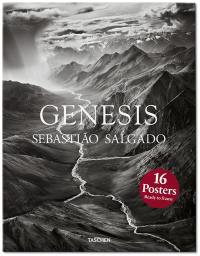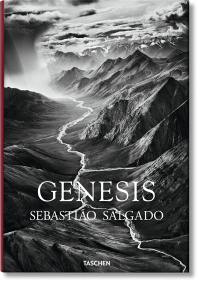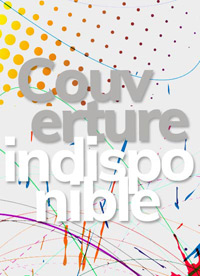
Fiche technique
Format : Relié sous jaquette
Nb de pages : 400 pages
Poids : 2913 g
Dimensions : 26cm X 34cm
ISBN : 978-3-8365-9632-9
EAN : 9783836596329
Workers
an archeology of the industrial age
Quatrième de couverture
Sebastiáo Salgado's epic Workers, an archaeology of the industrial age pays tribute to the time-honored tradition of manual labor when machines and computers replace human workers throughout the globe in the new millennium. With images of striking beauty and integrity, Salgado composes a visual elegy for the working men and women whose indomitable spirit has prevailed over the harshest of conditions to achieve a singular grace.
Much is said of the dignity of labor by those of us who don't work with our hands. It takes Sebastiáo Salgado's awesome photographs to show how little we know of the characters of those men and women who carry the weight of the world. The evidence of their exploitation shames us, and the strange beauty he discovers surviving in them causes us to rethink aesthetics. This camera doesn't just record, it's part of the spirit of its subjects. - Nadine Gordimer
Workers, an archaeology of the industrial age
More than those of any other living photographer, Sebastião Salgado's images of the world's poor stand in tribute to the human condition. Salgado defines his work as « militant photography, » dedicated to « the best comprehension of man. » Over the decades, he has bestowed great dignity on the most isolated and neglected among us - from famine-stricken refugees in the Sahel to the Indigenous peoples of South America.
With Workers, Salgado brings us a global epic that transcends mere image making to become an affirmation of the enduring spirit of working men and women. In this volume, 350 duotone photographs form an archaeological perspective of the activities that have defined hard work from the Stone Age through the Industrial Revolution to the present. With images of the infernal landscape of an Indonesian sulfur mine, the drama of traditional Sicilian tuna fishing, and the staggering endurance of Brazilian gold miners, Salgado unearths layers of visual information to reveal the ceaseless human activity at the core of modern civilization.
Workers presents its subject on several interactive levels : Salgado's introductory text, written in collaboration with Eric Nepomuceno, expands his passionate photographic iconography ; extended captions, also written by Salgado, provide a historical and factual framework. Evoking the monumentality of Baroque sculpture, images of oil-fire fighters extinguishing Kuwaiti wells are informed by data detailing this perilous venture. Heroic photographs of Cuban and Brazilian peasants harvesting sugarcane are enriched by an overview of the history of the sugar trade, which documents centuries of colonialist exploitation.
Salgado's classic photo book Workers serves as an elegy for the passing of traditional methods of labor and production. Yet its ultimate message is one of endurance and hope : Entire Indian families serve as construction crews to build a dam that will bring life to their land, and laborers using contemporary technology connect England and France through the Eurotunnel. Honoring the timeless and indomitable spirit of the manual laborer, Workers renders the human condition with honesty and respect.






